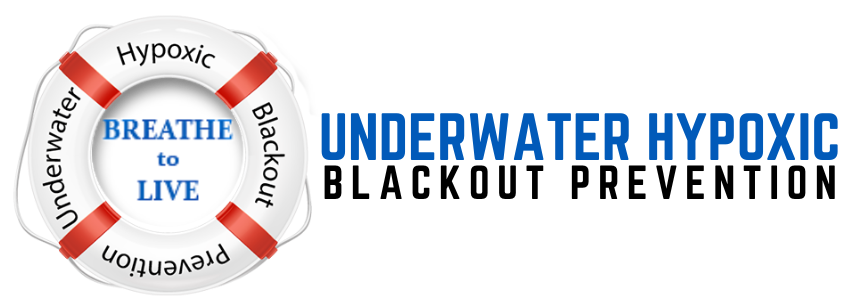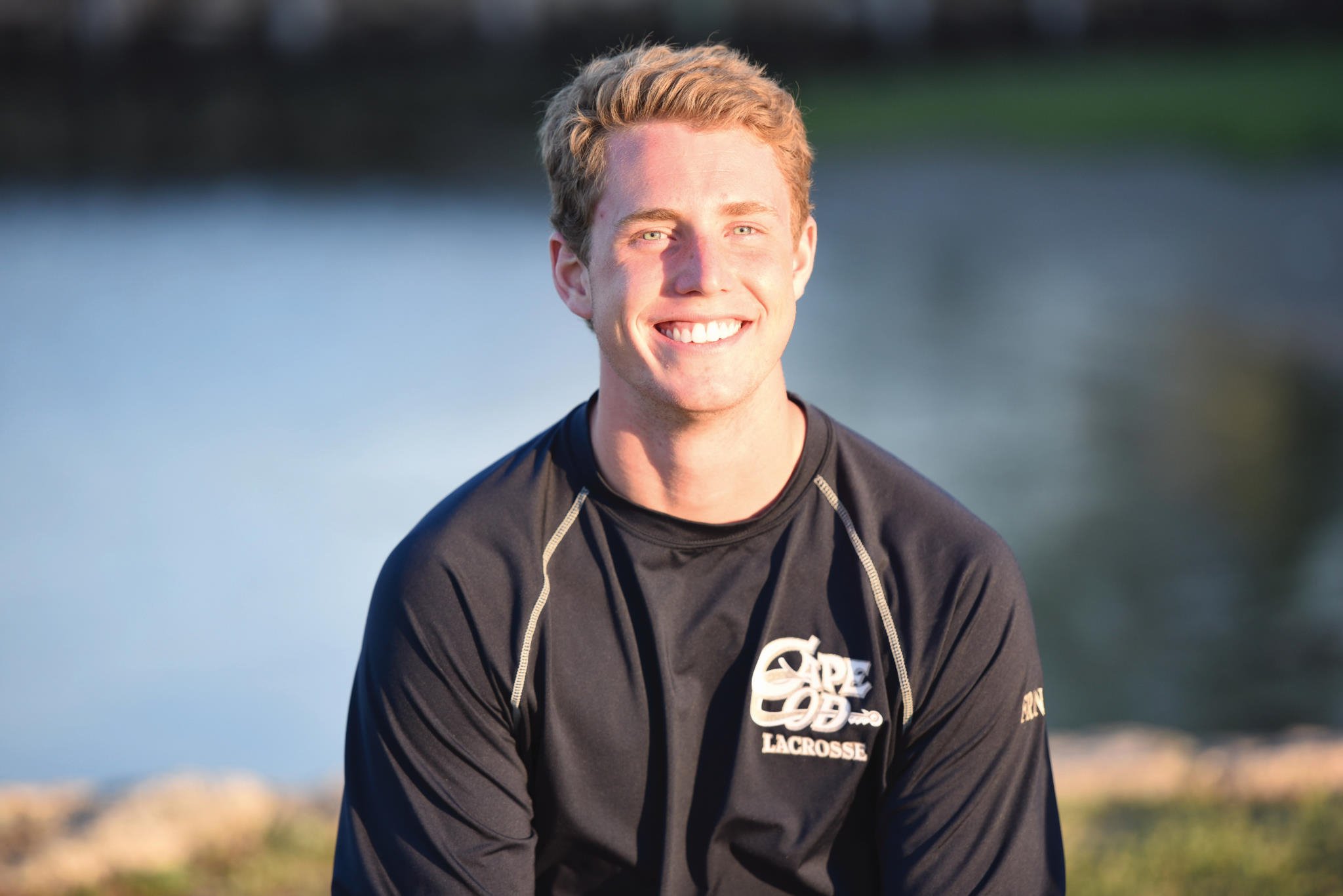Safe Underwater Breath-hold (SUB) Research Project
The Safe Underwater Breath-hold research project (SUB) began as a constructive way for Peter and Jennifer Francis to channel their heartbreak following the death of their 19-year-old son in 2017. Tucker Francis died while monitoring students doing coral reef research from the Sailing School Vessel Tabor Boy off St. Johns in the US Virgin Islands.
Tucker Francis
This was the Francis family's first exposure to what is sometimes called Shallow Water Blackout or Underwater Hypoxia. They found a group called Shallow Water Blackout Prevention (now Underwater Hypoxic Blackout Prevention) and were pleased to learn that a group was working on education and outreach. In their opinion, this is the first “line of defense” in the prevention of this underwater hypoxia. They considered their own backgrounds and strengths and decided on a parallel course.
Jennifer is an Atmospheric Scientist focused on the Arctic, extreme weather and climate change. She brings her scientific background to bear on the issues. Early in his career, Peter had invented an air-deployed buoy to measure ocean drift currents, that is still used today by many of the world’s navies. Later in his career, he ran a large corporation with operations in thirty countries. They have sailed tens of thousands of miles including a circumnavigation around Cape Horn and into the Arctic. As they reflected on their own lives and experiences with the water, they realized that education isn’t enough. They asked the question: can physiological measurements be used to warn of impending hypoxic blackout? Could an instrument be developed that would be easy and cheap enough for everyone to wear while active in the water, and that could save them from a tragedy?
With these questions as the guiding light, they enlisted their network of scientists, engineers, inventors, researchers, sailors, and water enthusiasts to assemble a team to research the question. As it turned out, the scientific answer is not at all straightforward. One researcher stood out for her focus on hypoxic blackout. Dr. Erika Schagatay, an authority on hypoxia in the water, on mountains and in patients, and a much-published professor from Mid-Sweden University, has been studying this for many years.
With funding from the Francis Family and Mid-Sweden University, Dr. Schagatay expanded and continued her lifelong research into understanding the physiology of hypoxia and other risks when diving in the water. She assembled an international team of experts to test people in the water and in the lab to uncover and understand the physiological parameters. As research continues, critical limits to duration and repetition of breath-holding have been identified. The work aims to find ways to measure and predict limits to breath-holding to keep swimmers safe. In the long run, the goal is to design a device to use these insights to save lives.
Details on the research and more information may be found here and here.
If you are interested in learning more about this research project, or to partner with the Francis Family to do more, please contact UHBP and we’ll help you make the connection. View our contact page here.


